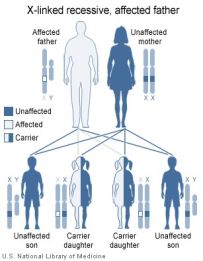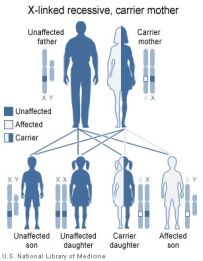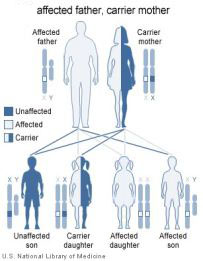According to recent studies at the Universities of California and Chicago, language affects half of what we see. The researches base on the well known Sapir-Whorf hypothesis which states, that there is a relationship between our language and our experiences and thoughts.
The Sapir-Whorf hypothesis can be tracked back to the late 19th century and started a long and lasting debate about language-and-thought. This new results provide an unexpected resolution to the debate.

The studies are primaraly based on the following experiment: A circle of 12 squares is shown to the participants. All but one square have the same color, some shade of green. The odd square was either painted in another shade of green or in some shade of blue.
Before we have a look at the results let me point out two important things: First of all language function is processed predominantly in the left hemisphere of the brain. And secondly visual impressions from the right side are mostly handled on the lefthand side of the brain and vice versa.
The results of the experiment were as follows: If the odd square was on the right half of the visual field the participants reacted faster if the color had a different name (blue) than if it had the same color name (green). But notice this happened only on the right part of the visual field. The scientists say the reason to this is because language is also processed on the left side. Whenever the odd square was on the left half of the visual field no such factor could be measured.
Due to those experiment they concluded, that language affects vision, but only if it is processed on the same side as language function. Vision is therefore at the same time filtered and not filtered through language.
And what happens if we get on top of that color blindness into the game? People suffering from color blindness share the same language but have a different visual impression. Would they perform worse, better or just the same as people with no color vision deficiency?
Of course, if you can’t see the different shades it is not worth making the test. But if you can view them but can’t exactly tell, which is a shade of blue and which a shade of green. It would be very interesting to now the answer. Unfortunately they don’t make any statements about color blindness.
What do you think? Does language affect color vision when suffering from color blindness in the same way?
Original proceeding by Aubrey L. Gilbert, Terry Regier, Paul Kay, and Richard B. Ivry at Whorf hypothesis is supported in the right visual field but not the left (subscription required).
Further readings:
Language affects half of what we see
How we see half the world through the prism of language
Sapir-Whorf hypothesis



